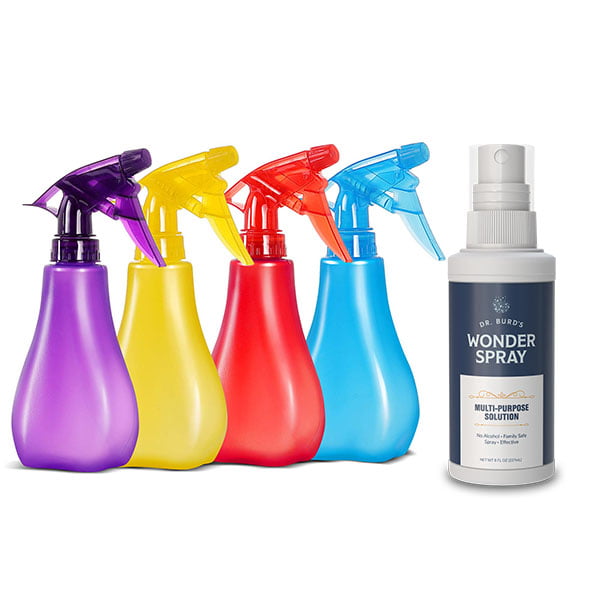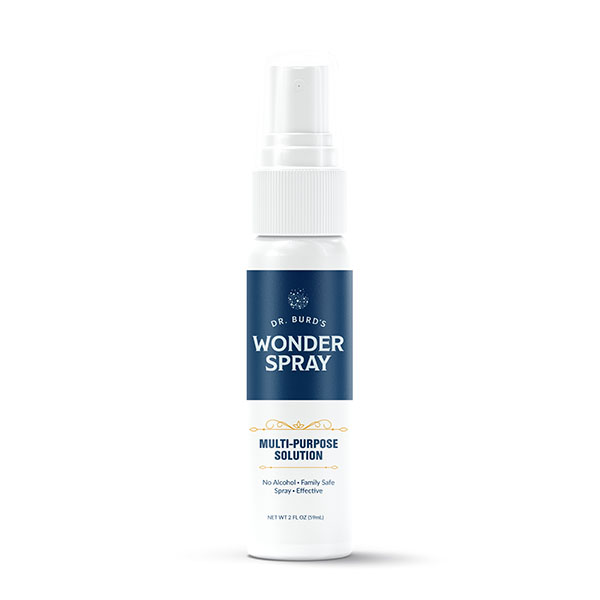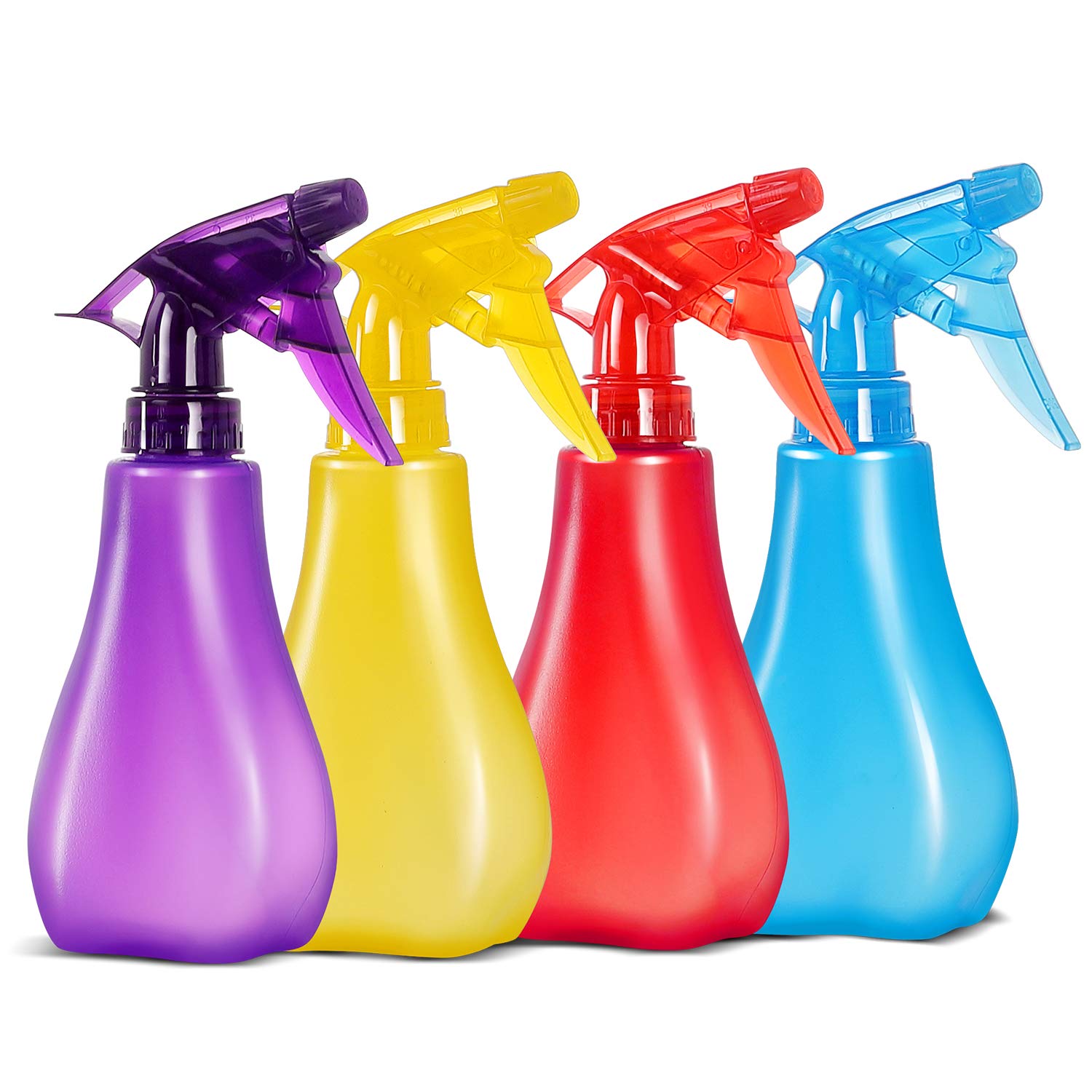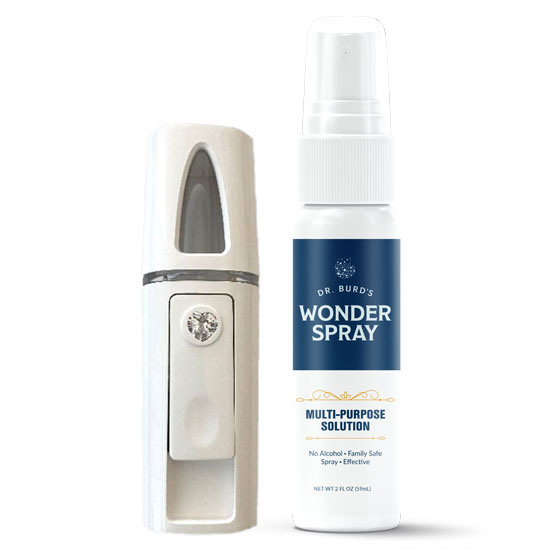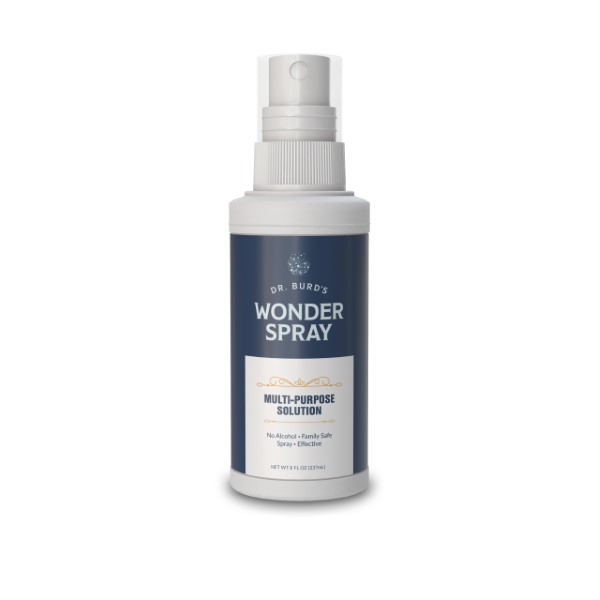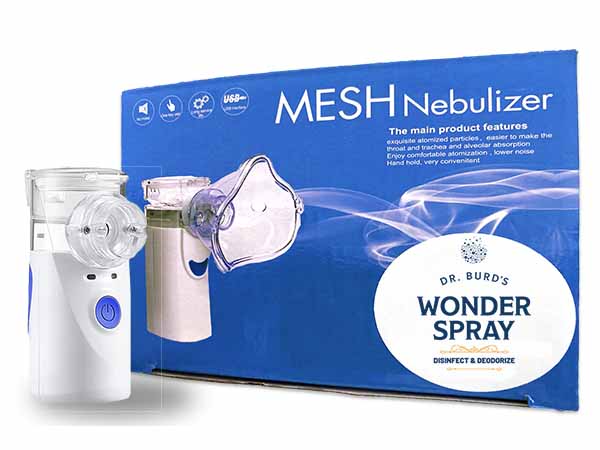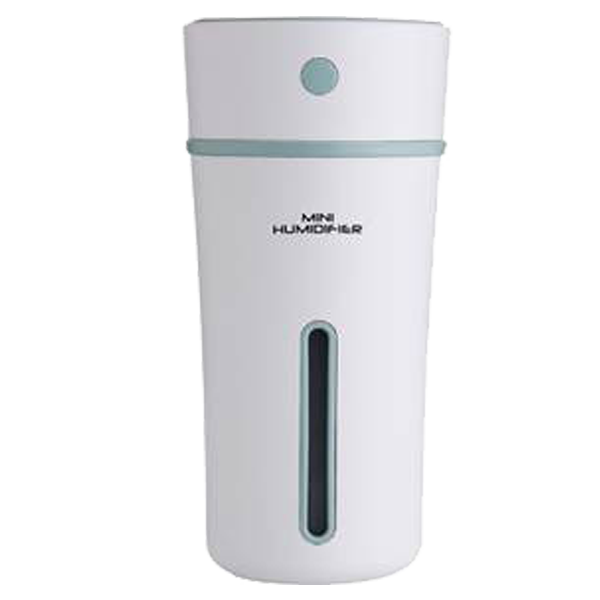The Tree of Life: The mesquite is a tree or bush that grows in desert regions throughout the world, areas not suitable for most agriculture. On 25% of our planet species of mesquite can be found growing without any assistance from fertilizers, pesticides, irrigation or capitalization. This is not surprising since the mesquite tree’s root system can grow more than 100 feet down in search of water, making it a hardy survivor in harsh climates. Like many members of the legume family, mesquite restores nitrogen to the soil.
Mesquite forms fruit of bean-like pods in the fall that have long been a nutritious food source to humans, wildlife & livestock. Mesquite pods do not open when ripe. The pods of all 3 common species of mesquite – Honey Mesquite, Screwbean Mesquite & Velvet Mesquite – are edible, although the Screwbean is less flavorful than the more widespread Honey Mesquite. A favorite of bees and other insects, mesquite flowers produce a fragrant honey.
The mesquite is known as the tree of life because of its many uses – the Native Americans of the desert regions in Arizona & California utilized all parts of the tree. Its bark was used for basketry, pottery, fabrics, rope & medicine. The trunk & branches were used in the manufacture of bows, arrows, mortars & furniture; because it burns slowly and smokeless, mesquite is a good firewood. Thorns were used for tattooing and to make sewing needles. Leaves were used for making tea, as an eyewash and for head & stomach aches. The gum was used as a sweet gum, glue for mending pottery, face paint, pottery paint & hair dye.
But it was the mesquite pod, with its nutritious, bittersweet pulp, that provided the greatest benefit to the desert peoples. Pods were collected in the fall, when they were yellowish-brown in color and still hanging from the tree. They were dried in the sun, then stored in large baskets for future use. Beans (both pods & seeds) were ground into a coarse meal, then by adding water, were transformed into a cake without cooking. Some cultures removed the seeds from the pods & ground them into a flour called pinole, from which a bread was baked.
Mesquite as Food: Mesquite meal has a sweet nutty flavor. This fragrant flour can be used in baking or as a seasoning on food & in drinks.
- When used in baking, it is used in combination with other flours – the ratio is generally 1 part of mesquite flour for 2 to 3 of cup grain or rice flour. Since the mesquite is sweet, you might want to decrease the sugar in the recipe. Try mesquite in your pancakes, muffins, cakes, corn bread or cookies.
- As a spice, mesquite meal is great for flavoring steaks, chicken, pork & fish. Sprinkle mesquite on meats & vegetables before grilling; add it your breading for meat & fish. It can be added to vegetable stir-fries, scrambled eggs, biscuits, breads, soups, even ice cream.
For anyone that drinks a morning smoothie or uses a meal replacement drink, try adding one tablespoon of mesquite meal. Hunger won’t return for 4 to 6 hours. Or use mesquite to make a cool summer drink or tea!
- Summer Mesquite Drink: Add 2 Tbsp finely ground mesquite flour to 1 cup cold water. Stir & let sit for a couple of minutes, then strain, add honey to taste & serve.
- Mesquite Tea: Place 1 lb. of mesquite pods in 1 gallon of water. Boil pods, at a rolling boil, for 30 minutes. Remove pods & strain. Cool broth & serve over ice.
And a Healthy Food at That! Mesquite meal is low in both carbohydrates and fat, low-glycemic, high in dietary fiber, and naturally sweet. The amount of nutrition supplied by mesquite meal is astounding – it is rich in calcium, magnesium, potassium, iron, zinc, protein & lysine.
According to medical studies, mesquite “is extremely effective in controlling blood sugar levels” in diabetics. The natural sweetness in the pods comes from fructose, which the body can process without insulin. In addition, soluble fibers, such as galactomannin gum, in the seeds and pods slow absorption of nutrients, which results in a flattened blood sugar curve. The gel-forming fiber allows foods to be slowly digested and absorbed over a 4-to-6 hour period, rather than a 1-or-2 hour period (which produces a rapid rise in blood sugar).
Mesquite as Medicine: The medicinal properties of mesquite have long been utilized by many native tribes throughout the southwest United States and northern Mexico. It is most commonly used to treat eye conditions, open wounds and dermatological ailments. Acting as an antacid it can also treat digestive problems. It is used as an antibiotic and has soothing, astringent, and antiseptic properties.
The roots, bark & leaves are cold and dry. They are antifungal, antimicrobial, astringent, antiseptic & antispasmodic. A powder or tea can be made from any of the above materials for athlete’s foot & general fungal infections. This disinfecting wash or powder can be used for mild infections, stings, bites, sores & scrapes.
Leaves & pods can be made into an eye wash for inflammations of all kinds including pink eye. Diarrhea, dysentery, stomach ulcers, dyspepsia & most gastrointestinal inflammations are soothed by the leaves, roots & bark. Poulticed, the leaves were used topically for headaches or even for red ant stings! The young shoots, ground & toasted, were used to dissolve kidney stones.
The white inner bark is used as an intestinal antispasmodic. The bark is also helpful in stopping excessive menstrual bleeding & reducing fevers.
The mesquite gum or resin is the most used element of the mesquite. It is used as an eyewash to treat infection and irritation. It has several dermatological uses, including treatment for sores, wounds, burns, chapped & raw skin, and sunburn. It is used as a restorative after bouts of dysentery, diarrhea, stomach/intestinal distress, and food poisoning. It is used as a soother for stomach/intestinal pain, ulcers, colitis and hemorrhoids. Mesquite gum is also used as a treatment for lice, cough, sore throat, mouth sores, laryngitis, fever reduction, painful teeth & gums.

